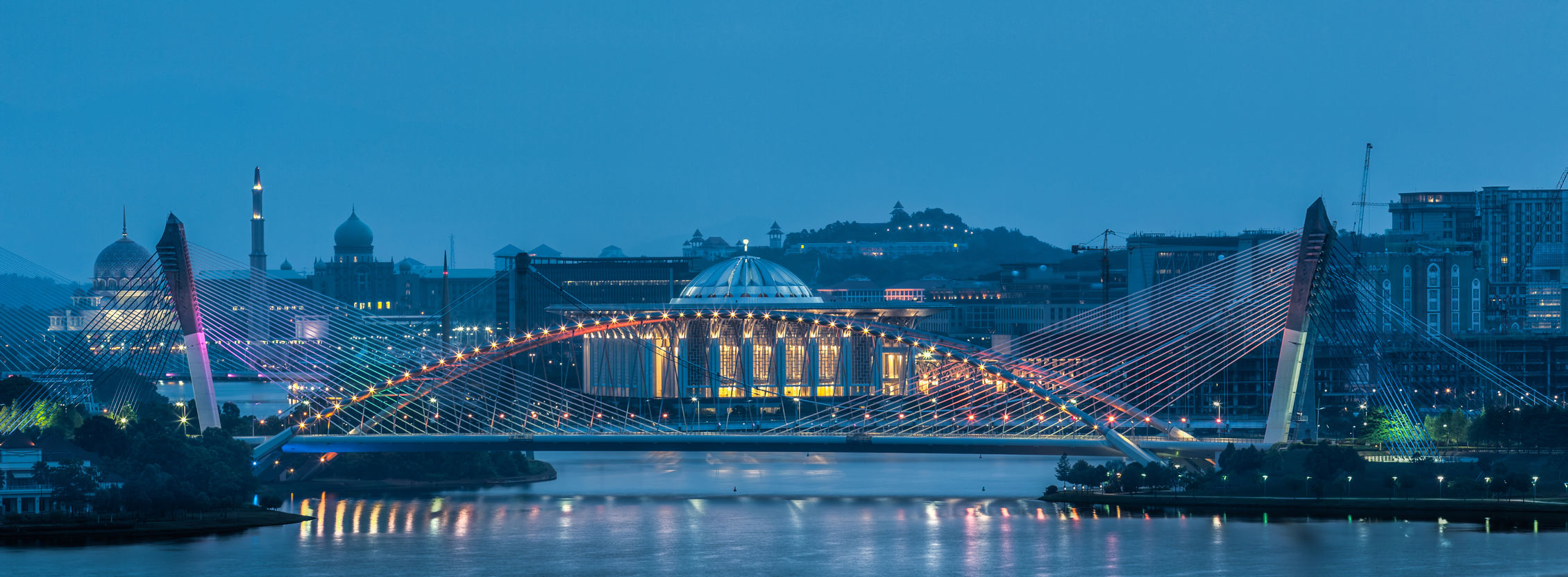Since being identified as one of the six key energy transition levers in the National Energy Transition Roadmap (“NETR”) on 29 August 2023, hydrogen has garnered increasing attention from the key stakeholders. Along with this, the introduction of the Hydrogen Economy and Technology Roadmap (“HETR”) on 5 October 2023 by the Ministry of Science, Technology and Innovation (“MOSTI”), which serves as a guide for the growth of Malaysia’s hydrogen economy, has further accelerated the development of hydrogen initiatives across the country, solidifying its role in the current energy transition phase.
In Malaysia, the hydrogen industry, which is capital-intensive, is very much in its infancy, as opposed to other forms of alternative energy such as solar which has strengthened over the years due to continuous government support. Thus, it is crucial for the government to now develop targeted initiatives and incentives to drive further progress and support the growth of the hydrogen industry.
One of the significant initiatives undertaken by the country is the development of infrastructure to support hydrogen production, storage, and commercialisation. Sarawak, who is leading the development of hydrogen in Malaysia has put its focus on developing itself to be a hydrogen hub by participating in collaborative projects with several foreign companies for the development of large-scale blue and green hydrogen producing plants for both domestic and export purposes, particularly in Bintulu and Kuching with the first phase of the hub targeted to start operation in 2028.
Sarawak has also begun integrating hydrogen into its transportation system by introducing hydrogen-powered public buses and metro services (autonomous rapid transit (“ART”)) for the ongoing Kuching Urban Transportation System (“KUTS”) project which is expected to launch its first phase in 2027, alongside an integrated hydrogen production plant and refuelling station which was launched on 27 May 2024, the first of its kind in Southeast Asia.
The advancement of the hydrogen industry is progressing in Peninsular Malaysia as well. On 17 January 2024, an initiative involving the development of green hydrogen production using floating photovoltaic power generation in Perak was announced. Furthermore, MOSTI aims to start the operation of its Mobile Hydrogen Refuelling Station (“MHRS”) pilot project in Putrajaya and launch a solid-state hydrogen reactor for sustainable electricity generation in Tanjung Malim, both of which are expected to be launched later this year, by end-2024.
The development of robust infrastructure is important for the growth of the hydrogen industry as it lays a solid foundation for long-term industry expansion and is a key driver for attracting investment.
The Government had also adopted and is currently working to adopt fiscal incentives to encourage greater investment in this sector to further promote its growth. The National Budget 2024 had expanded green technology tax incentive to include green hydrogen now also. This allows eligible companies acquiring qualifying green technology assets or undertaking qualifying green technology projects to off-set a percentage of the Green Investment Tax Allowance (“GITA”) against a percentage of its statutory income for a period of 10 years (5+5). Companies seeking to qualify for the said incentives must make an application and obtain the necessary approvals to and from the Malaysian Green Technology and Climate Change Corporation (“MGTC”) or the Malaysian Investment Development Authority (“MIDA”), where applicable.
Further to the above, the Government via its National Investment Council (“NIC”), which is chaired by the Right Honourable Prime Minister, is also making efforts to implement initiatives to effectively and systematically facilitate energy transition and green investment. The NIC had on 9 January 2024, discussed and agreed with the proposal from the Ministry of Investment, Trade and Industry (“MITI”) for a short-term study to be conducted with the aim of identifying strategies to enhance green investment by amongst others, developing a priority list of green investments and synergies between green investment opportunities and identified sectors. In this regard, the NIC had also established a Green Investment Strategy and Implementation Study Steering Committee to refine study results and oversee the implementation of forthcoming strategic plans.
Arising from this, MITI had on 19 August 2024, unveiled a comprehensive Green Investment Strategy which set a goal of attracting nearly eight times the current green investment to Malaysia (RM300 billion by 2030), with a particular focus on key sectors such as Energy Efficiency, Renewable Energy, Green Mobility, Carbon Capture, Utilisation and Storage (CCUS), and Circular Economy. Ideally, this would lead to the inclusion of specific hydrogen investment strategies within the upcoming National Budget 2025 which will be tabled in the Malaysian Parliament on 18 October 2024.
Taking note of the promising advancements discussed above, efforts to promote the growth of the hydrogen industry must be further intensified to fully achieve the targets set in the NETR and HETR. By creating a more supportive regulatory environment through new laws and regulations[1], enhancing financial incentives, and prioritizing infrastructure development, Malaysia can enable hydrogen to be a key component of Malaysia’s energy sector and also to position itself as a leader in the global hydrogen economy.

For further information, please contact:
Mahadi Abdullah, Azmi & Associates
mahadi@azmilaw.com





